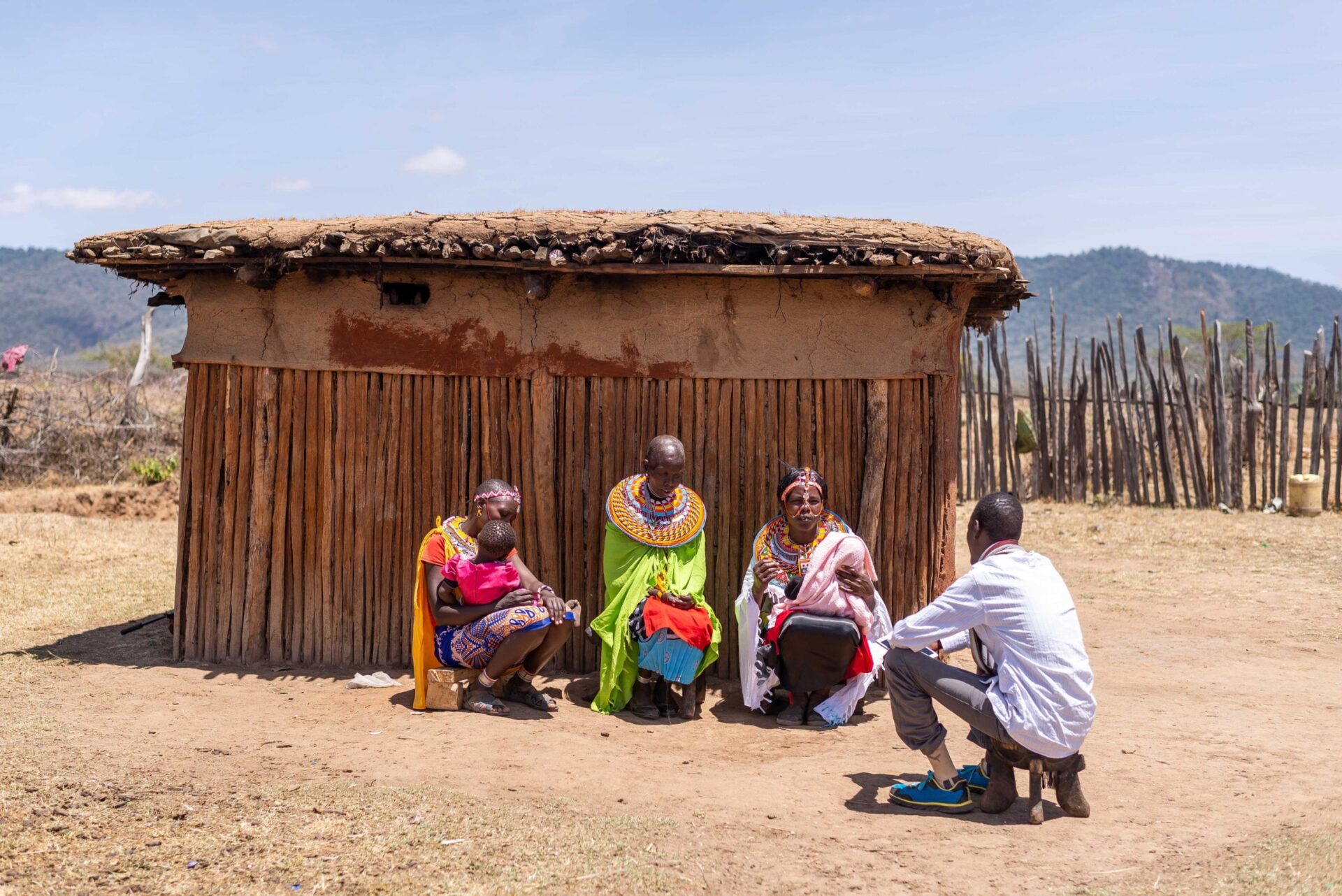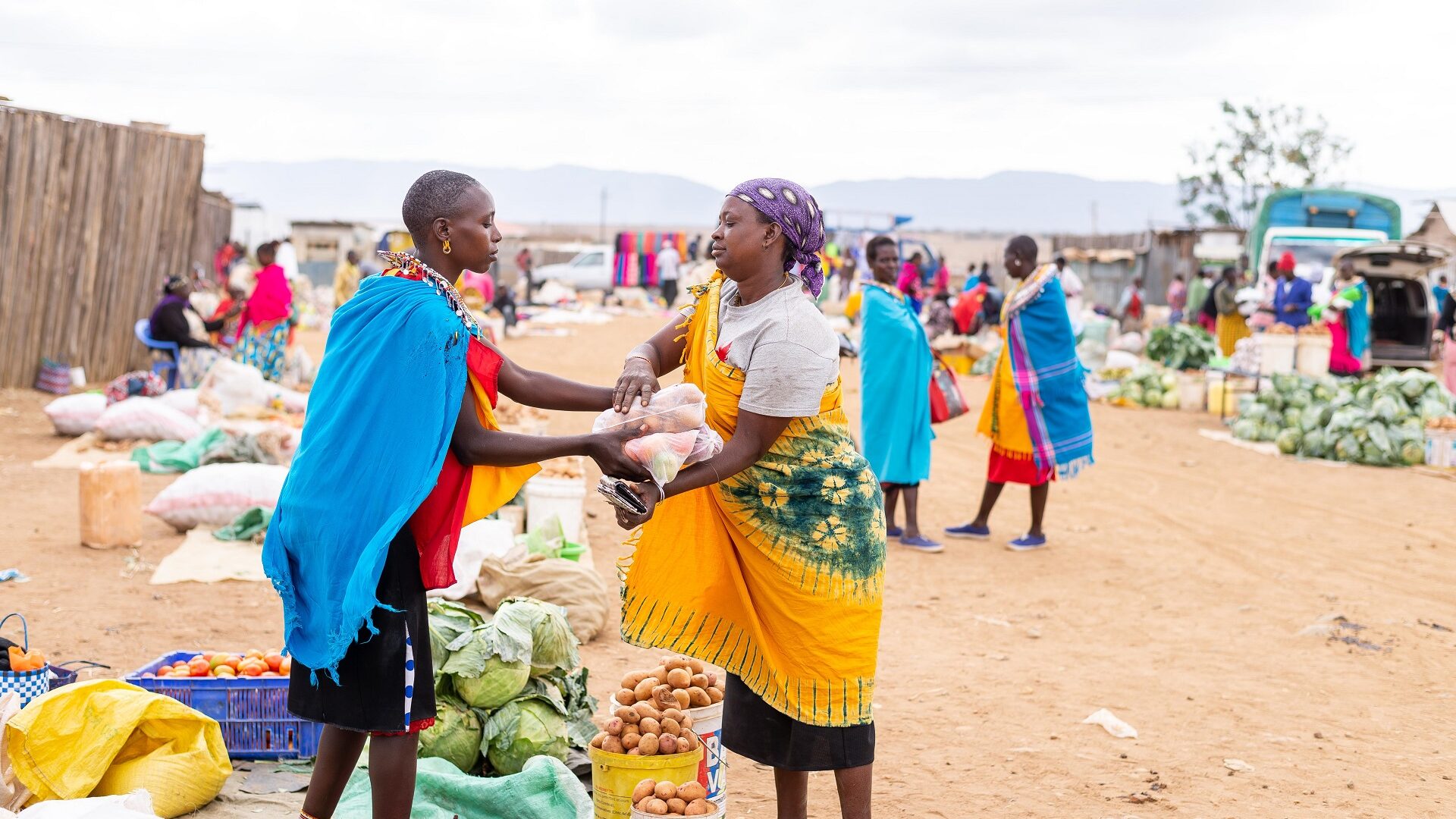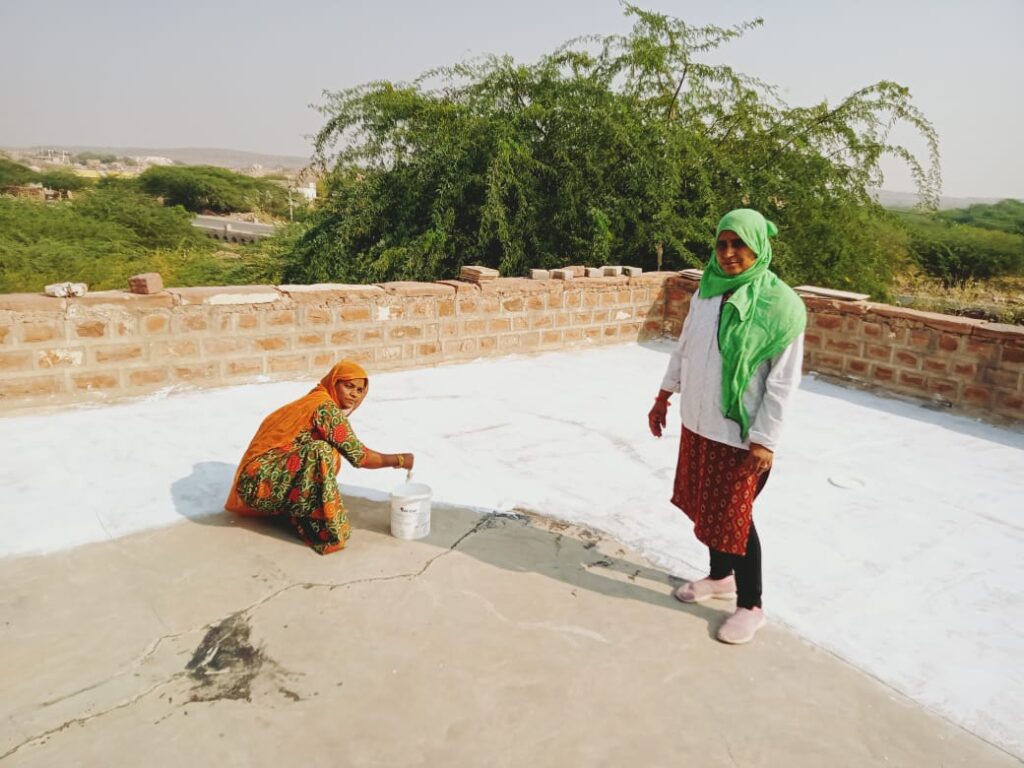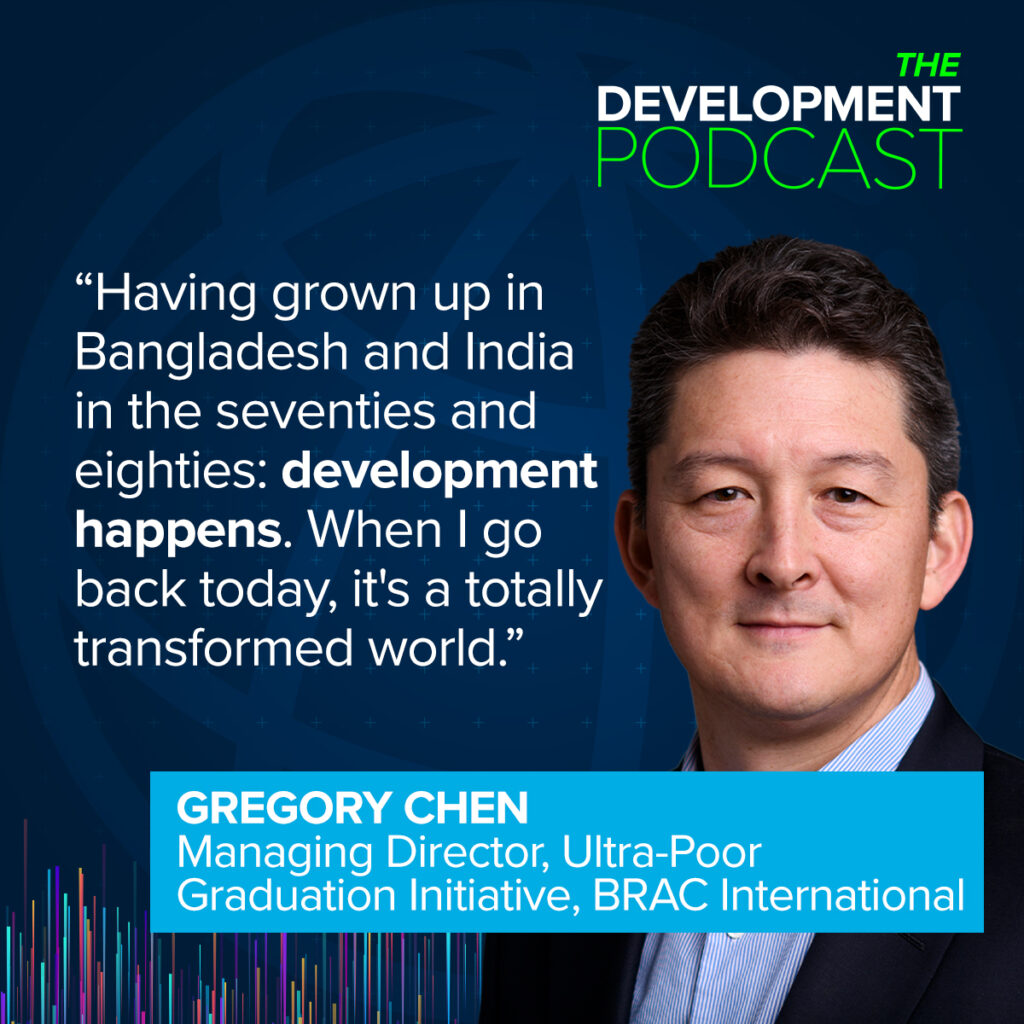By Courtney Calardo | Head of Communications, BRAC Ultra-Poor Graduation Initiative
Graduation is one of the most evidence-based integrated development approaches to date. It’s a proven, comprehensive set of interventions that help break the poverty trap by building capacity of those living in extreme poverty. Through holistic coaching on livelihoods, financial, and life skills, BRAC’s Graduation programming has reached more than two million households, changing the lives of millions for the long term, as shown by an ongoing study.
To truly move the needle on SDG 1, though, ending poverty in all its forms, we are working to scale globally and reach millions more living in ultra-poverty. Sustainability and scale demands change at the systems level with active government engagement. The good news is that many governments are committed to addressing poverty through elements of social protection and have set aside resources to tackle this issue. BRAC UPGI is committed to collaborating with governments toward effective solutions that leverage available resources to achieve the long-term benefits demonstrated by using Graduation programming.

Is Graduation Expensive?
One of the first questions we receive from governments when discussing BRAC’s Graduation approach and the feasibility of adopting it or integrating it into their existing programming is ‘how much does it cost?’
We are the first to admit that BRAC’s Graduation approach is a resource-intensive investment. Our approach is comprehensive and includes the provision of livelihood assets, cash transfers, and continued mentoring and training over a set period of time — often 18–24 months. Overall implementation costs per household can vary between $300-$2,000, depending on the context. At first glance, this appears to be more expensive than it actually is in practice, as there are often formal social protection systems, such as cash transfers and public works programs, already in place that Graduation can leverage.
Before delving into the transformative benefits of the Graduation program, there are a few things about the overall investment that are important to understand.
- Asset transfers typically make up 30% of the overall cost, staffing makes up another 30%, and the remainder is other program inputs ranging from cash transfers and health insurance to financial inclusion interventions.
- Coaching and assets are the biggest upfront costs, but they are also critical to the success of the program.
- Costs are foundational. Building on what already exists is the most cost effective way to scale, and the marginal additional cost is much more modest.

Benefits Far Outweigh the Costs
Recently, a study was released showing that a ‘big push’ or relatively large transfer of assets — including cash, training, and human capital transfers — can help people “sustainably lift themselves out of poverty through their own agency.” It goes on to mention that programs of this kind, such as Graduation, are considered to be more cost effective in the long run than ongoing social assistance and consumption support. Thus, supporting our claim that the ultra-poor need intensive support in order to overcome the poverty trap, and investing in their capacity generates returns for the household and the broader community long after the program ends.
The long-term benefits, as demonstrated by other studies, far outweigh the upfront costs. They include:
- Increase in income and savings
- Increase in consumption
- Increase in household weekly food intake
- Increase in children’s participation in school
- Delay in marriage for daughters
- Increase in hours engaged in productive work
- Increased participation in community
Years after the formal program ends, participating households have shown continued upward mobility. A rigorous, long-standing study cited a steady increase in income, consumption, savings, and asset accumulation, indicating that participating in the Graduation program enables households to not only escape the binds of extreme poverty and become more resilient, but also develop a sustainable livelihood and meaningfully engage in the wider economy.
The transformational impacts for a participating household are not just financial, they are also psychological. Mentorship enables participants to build their self-esteem and confidence, which empowers them to tap into market opportunities, advocate for improved access to basic services, and access government and NGO resources that were previously not available to them.
Though mentorship makes Graduation more costly, it significantly enhances the overall resilience of households, contributing to the big push needed to break the poverty trap.
For countries committed to tackling extreme poverty with existing programs we can leverage to increase effectiveness and sustainability, we have one question: How can you afford not to fund Graduation?
BRAC’s UPGI has been providing technical support to governments on integrating Graduation with existing social protection instruments in a cost-effective manner. Through its work, BRAC UPGI has identified some core lessons on how to integrate Graduation into existing programming and enhance cost-effectiveness. Read more here.





